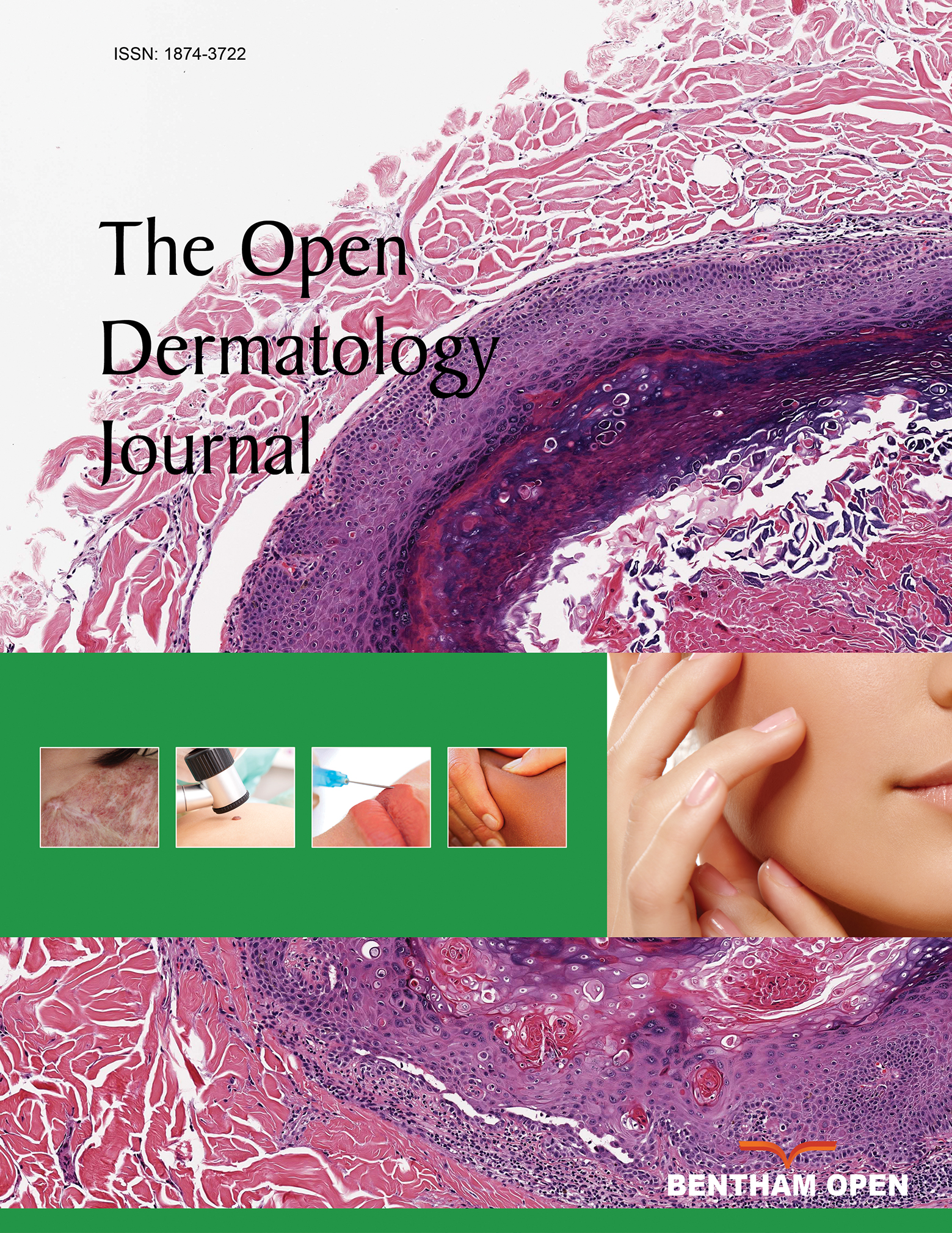All published articles of this journal are available on ScienceDirect.
Diagnosis of Head Lice Infestations: An Evidence-Based Review
Abstract
The diagnosis of head lice infestation is made through visual inspection of the hair and the scalp or by dry/wet combing. The choice of the method essentially depends whether the examiner aims at the detection of active infestation – presence of trophic stages and/or viable eggs 7ndash; or wants to identify a historical infestation (presence only of nits/dead eggs). For the latter purpose, visual inspection of the hair at five predilection sites (temples, behind the ears, neck) is the method of choice (sensitivity 80% - 90%). The optimal method for the diagnosis of active head lice infestation is wet combing with a sensitivity ≥ 90%, even in children with a low infestation intensity. In resource-pour settings, where pediculosis capitis is very common and infestation intensity is high, self-diagnosis by affected individuals or their caretakers is an accurate alternative.


